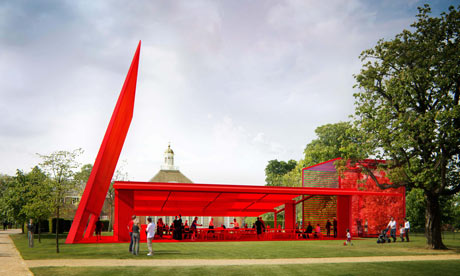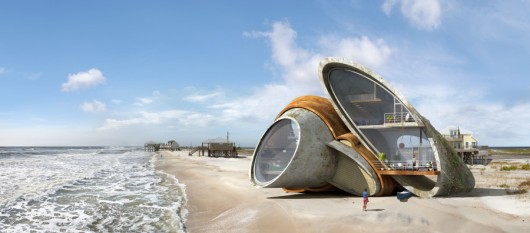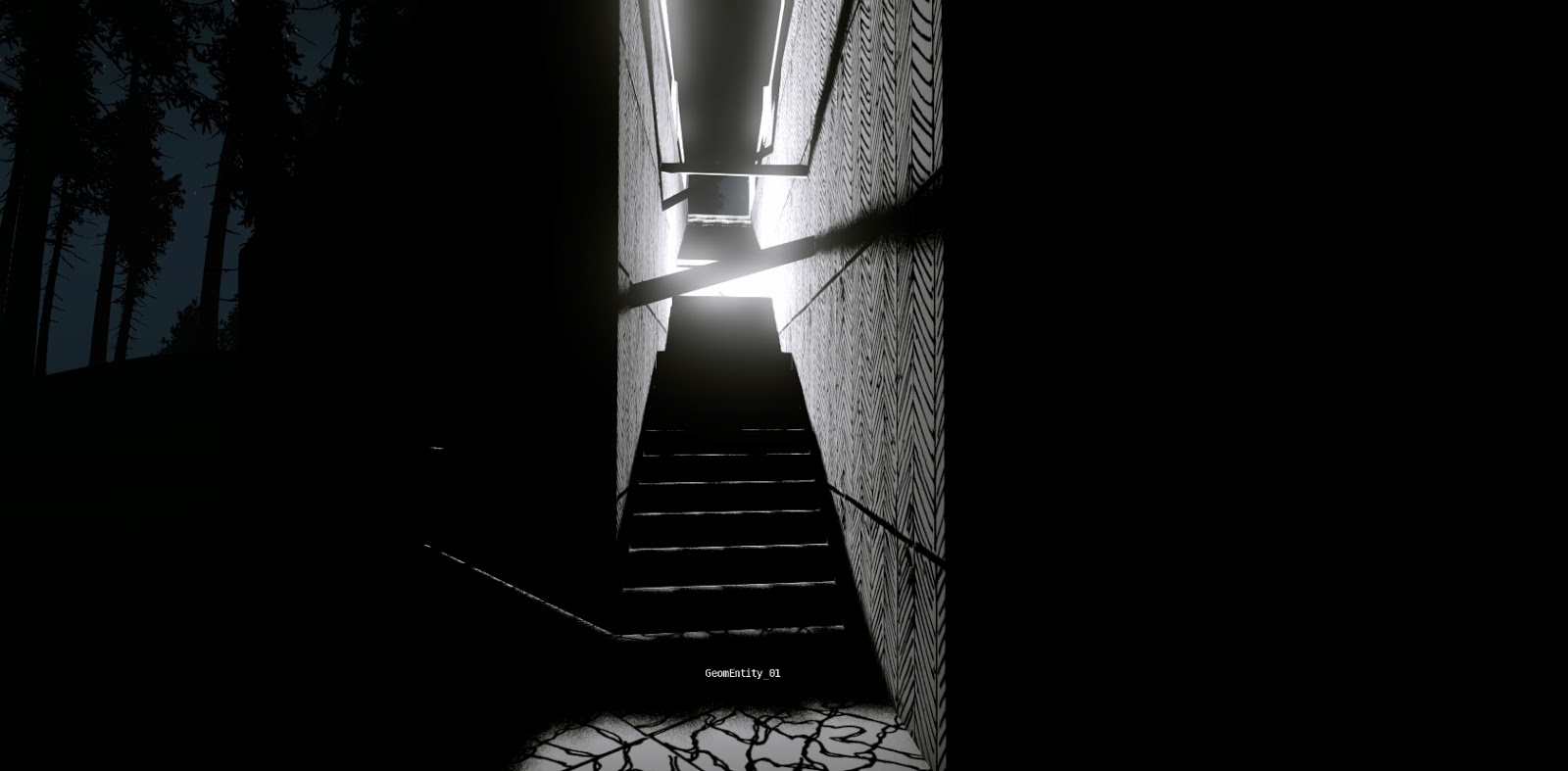Wednesday 4 June 2014
Thursday 29 May 2014
Tuesday 27 May 2014
EXP 2 General Comments
Hi all,
Generally, we got a bigger spread across the board for this assignment. Now, only two major weaknesses in most of your work that keeping you from getting the next level.
1. Monumentality = Clarity.
2. The brief is important! - landform, two distinct entrances from the landform to the architecture, and connecting two distinct paths into meeting place. Meeting place to be "on ground"
Generally, we got a bigger spread across the board for this assignment. Now, only two major weaknesses in most of your work that keeping you from getting the next level.
1. Monumentality = Clarity.
Balanced Detail to Monument - Detail complements the massing and does not detract from the 10 prisms.
Arbitary Detailing (Monumentality not clear) - Detail complements varies considerably, detracts clarity from the brief, monument 1, 2 are not clear.
Detailing consumes the massing and the brief.
2. The brief is important! - landform, two distinct entrances from the landform to the architecture, and connecting two distinct paths into meeting place. Meeting place to be "on ground"
Two distinct paths, but is meeting place on ground?
only one entry?
Only one architecture student at a time please.
Wednesday 21 May 2014
Follies in Architecture
Bernard Tschumi - Parc de la Vilette
Jean Nouvel - Serpentine Gallery Pavilion
Toyo Ito - Serpentine Gallery Pavilion
Peter Eisenman - Berlin Holocaust Memorial
Enric Miralles - Mar Park
Wednesday 14 May 2014
Bridge vs Bridging
" ...design a school that forms a bridge spanning a valley..."
A way to address this is to think of the bridge (a structure to span a physical obstacle) and the act of bridging in architecture (to connect, to link together and complete as a whole). Consider the structural significace of the bridge(noun), the relationships, hierarchies created from bridging(verb), and the merging of engineering, space, and aesthetics. Take this thinking to work out how these two strategies can come together to create an interesting architecture.
Bridge(noun)
Norman Foster - Millemium Bridge
__________________________________________________
Norman Foster - Millau Viaduct
can a distancing from the ground inform an attitude to power?
__________________________________________________
Putrajaya Bridge
can the expression of forces going through your structure express an attitude to power?
__________________________________________________
BIG Architects - Sowwah Island Bridge
__________________________________________________
BIG Architects - Slussen Masterplan
__________________________________________________
United Architects - New World Trade Center Proposal
__________________________________________________
Steven Holl - Linked Hybrid
__________________________________________________
MVRDV - Eurpoean Patent Office
__________________________________________________
Kenzo Tange - Fuji Television Headquarters
And below is just a bridge.........so be a bit more thoughtful than this
Steven Holl - LM Project
Tuesday 6 May 2014
EXP2 Done
It is now 12:40am and ive now saved thru all your blogs, late submissions noted.
Good work, now get some sleep. Civil Eng students will have one more day to do this (refer to main blog)
Good work, now get some sleep. Civil Eng students will have one more day to do this (refer to main blog)
Wednesday 30 April 2014
5 More Days until submission
Having completed all your marking, i should also add that this being a 6 unit course, you are expected to put in at least 12 hours per week on this course.
Cameron and Ginnys work appears to be 12 hours worth of work. There is a truckload more to do (at least 12 more hours) in the 5 days ahead of you. If you are not up to this benchmark before i see you tomorrow, then good luck with EXP 2.
Cameron and Ginnys work appears to be 12 hours worth of work. There is a truckload more to do (at least 12 more hours) in the 5 days ahead of you. If you are not up to this benchmark before i see you tomorrow, then good luck with EXP 2.
Cami's
Ginny's
Thursday 24 April 2014
Experiment 1 General Feedback
1) Clarity and consistency in your architectural expression is the key. If you run with something then make it to home base. See comparison below:
insetad of 1) Near Haphazard mix of random Euclidian forms...
...why not, consistent Haphazard forms arranged in a logical way (Denver Art Museum: Eisenman).
intead of, Elements which take away from one of your main expression (horizontal slats)...
...why not, Elements which add and complement to the whole composition (Dionisio González).
2) Shapes vs Architectural Spaces. Are you drawing geometries and shells or are you articulating different parts which make up architectural spaces/buildings (Surfaces? Edges? Details?)
vs.
openings, treatment of edges, space in-betweens. (Interlace, OMA)
3) Stop the process of addition and fragmentation in design (the way which you design one part before you move on to the next), and design holistically. Start on a new model if you need to move out of a mental block.
[Insert Spent_too_long_doing_above_ground_room_so_i'll_draw_a_box_below_a_huge_flat_rectangle_and_stick_a_pole_in_the_middle_to_join_them.jpg]
4) Details Details Details.
vs.
Scottish Parliament: Enric Miralles
Santa Caterina Marketplace: Enric Miralles
Tuesday 22 April 2014
Experiment 2 - Things to Consider
1) Start from the Moleskine, and refine with sketchup. Work concurrently on both Sketchup and Lumion as shown in class so you can see your changes happening live. Define your three spaces!
2) Consider the interplay of various scales - balance of or otherwise
3) Architecture is about the experience both external and INTERNAL. Please consider this point for this experiment:
01 - Lima Houses, Eduardo Souto de Moura
02 - Mario Botta, Chapel of Santa Maria Degli Angeli
03 - Tadao Ando, Rokko Housing:
04 - Tadao Ando, Chikatsu Museum
05 - Tadao Ando, Naoshima Museum
06 - Jun Aoki, Aomori Museum of Art: Idea of space as that between the landscape and the mass, rather than the massing.
2) Consider the interplay of various scales - balance of or otherwise
Example not with 10 blocks - keep yours to 10 blocks.
AND be judicious in your internal shots - they are to sell not to identify. Make sure they say something special about your interior, not just to show that you have successfully stuck a furniture in:
4) Exercise some judicious thought into curvilinear forms. Curvilinearity can happen in different intensities rather than blindly hitting on the button within the artisan tool. Ask yourself "what are you trying to achieve by curving this element(s)":
4) This here is a good example of how to 1+1=3.
http://joshuasleight.blogspot.com.au/2014/04/combination-and-electroliquid.html
5) Details! What are your 10 blocks, and what are details that goes beyond the 10 blocks:
6) Landscapes + Forms. Make them work together:
Stolen from Ro's Blog - Thanks Ro!
Preston Scott Cohen - Torus House - Soft vs hard curves, vs straight lines.
http://joshuasleight.blogspot.com.au/2014/04/combination-and-electroliquid.html
5) Details! What are your 10 blocks, and what are details that goes beyond the 10 blocks:
6) Landscapes + Forms. Make them work together:
01 - Lima Houses, Eduardo Souto de Moura
02 - Mario Botta, Chapel of Santa Maria Degli Angeli
03 - Tadao Ando, Rokko Housing:
04 - Tadao Ando, Chikatsu Museum
05 - Tadao Ando, Naoshima Museum
06 - Jun Aoki, Aomori Museum of Art: Idea of space as that between the landscape and the mass, rather than the massing.
Subscribe to:
Posts (Atom)
































































